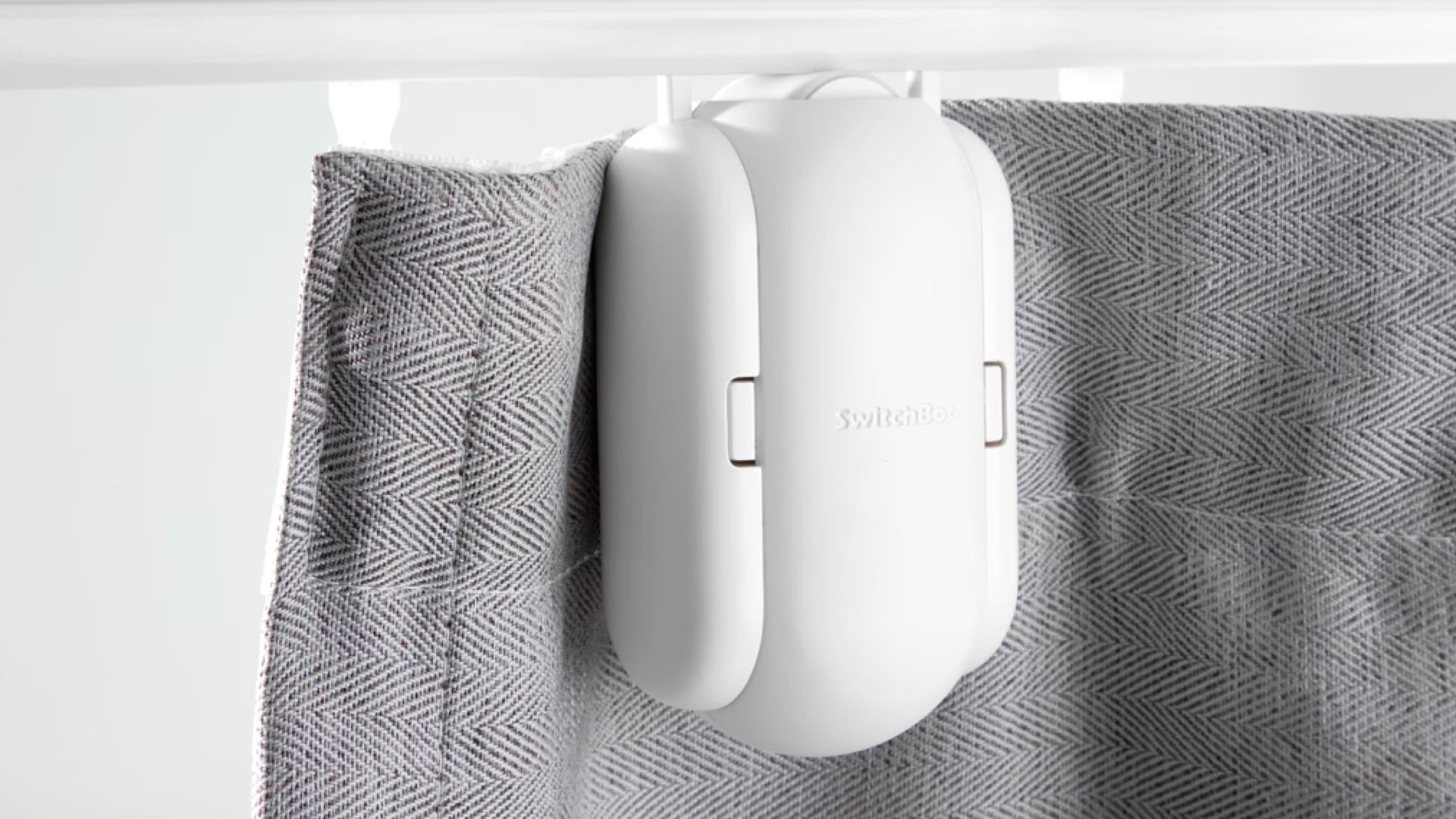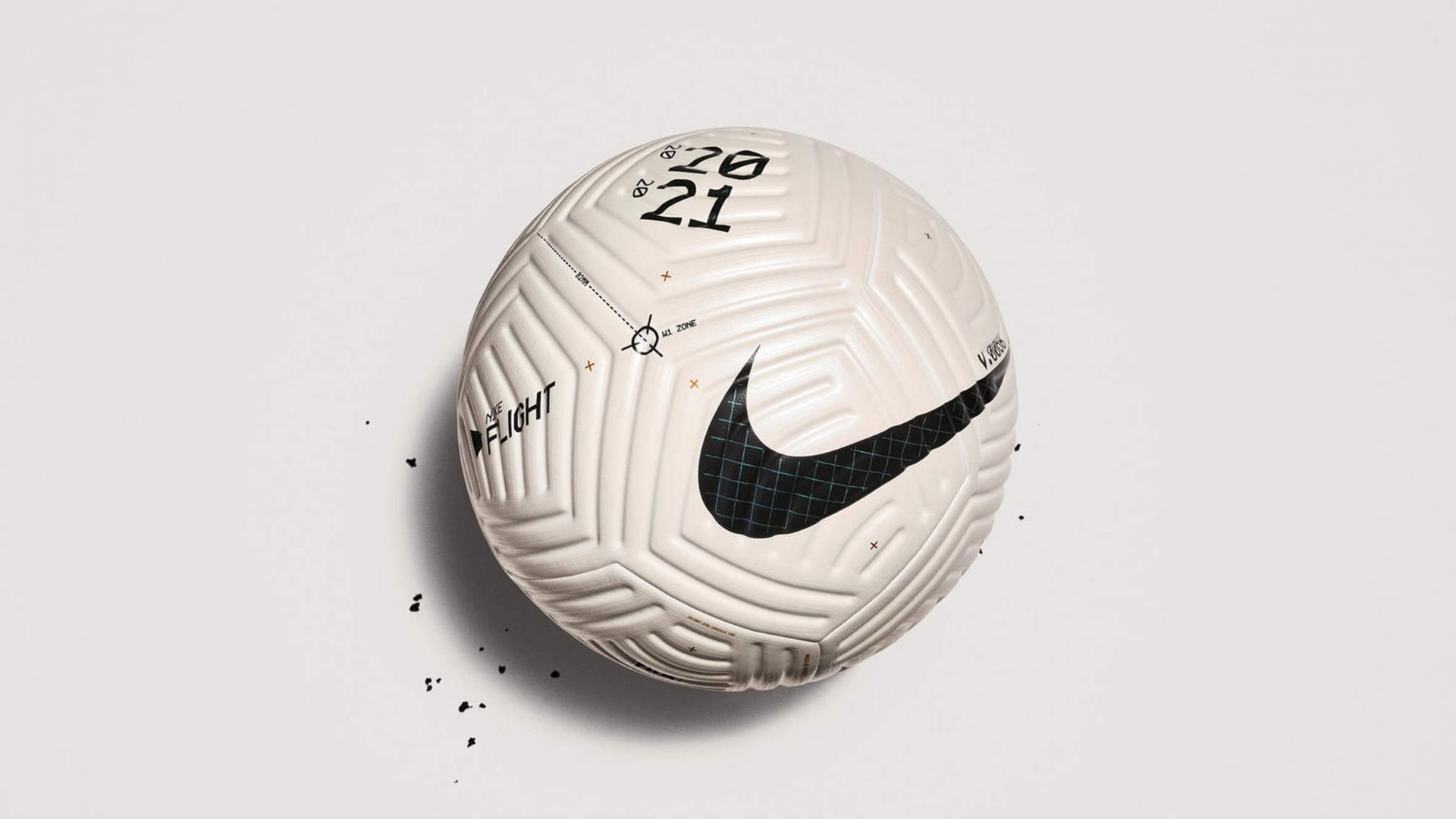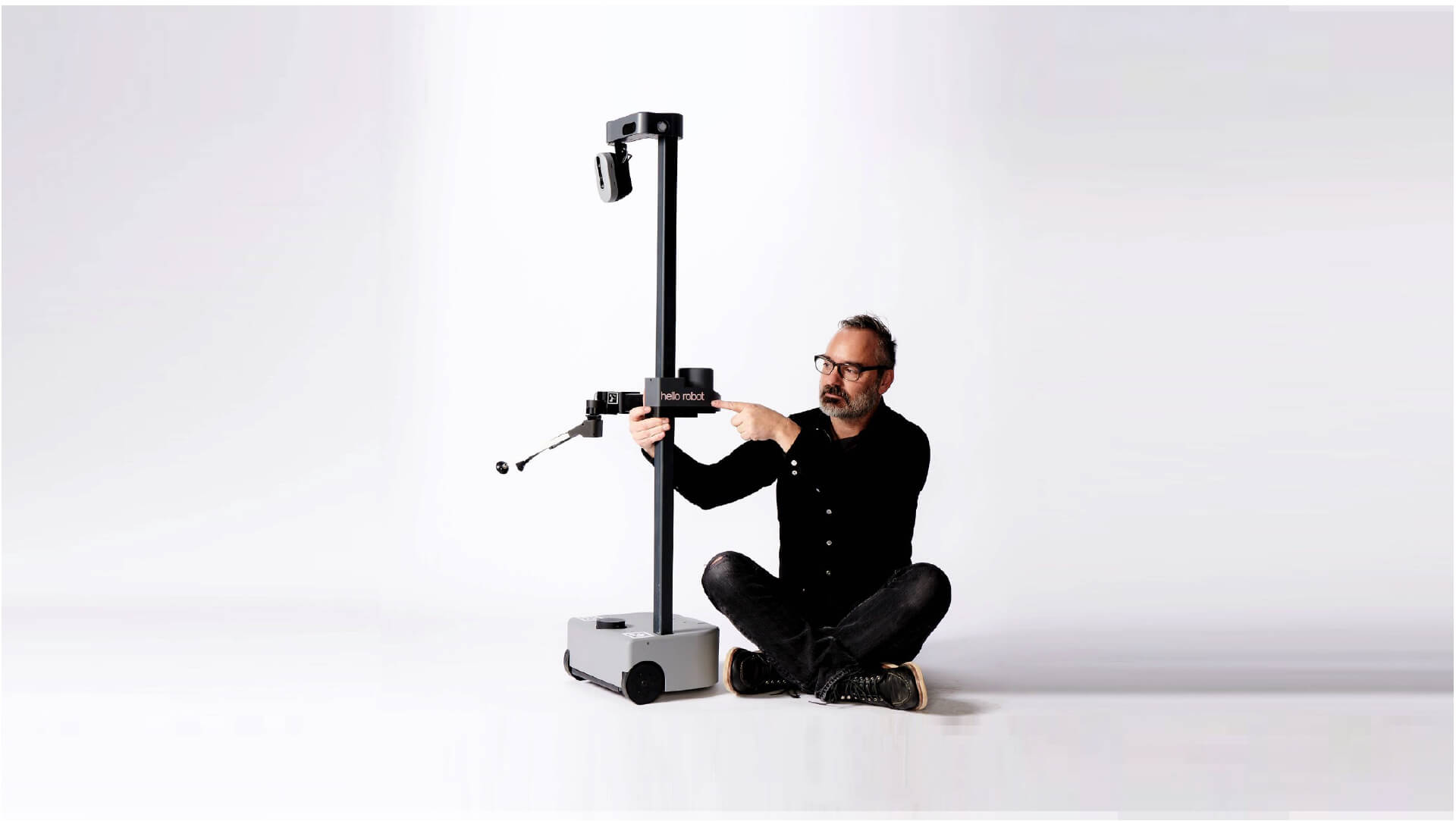Design for/from future with Phnam & Mardis Bagley

Today designers often focus on making technology easy to use, sexy, and consumable. But design can be used as a tool to create not only things but ideas too, speculating about how things could be – to imagine possible futures, and the future can inspire the present.
For many people, Star Trek has always represented what the distant future would have reserved for us, in terms of technologies, tools and so on. And so on, each generation has always found in Hollywood and more particularly in all that world connected to Sci-fi, an inspiration and an expectation for our tomorrow.
A few weeks ago I learned of a group of designers from San Francisco who made this their goal: “We turn science fiction into reality for a better future”. The studio is obviously called Nonfiction, and the co-founders are Phnam & Mardis Bagley, two young designers who have decided to help companies, not only to design better products but products that can create a better future, for ourselves and for those who surround.
In fact, their approach to product design is not limited only to the goal of the final outcome, but also to the whole process that precedes it, to its industrialization and to the ecosystem that determines the result. The best future is such only if what we create has a transformative purpose and at the same time is capable of respecting and distributing the same value throughout the entire production chain. Here the real work begins in optimizing the components, sustainability and choice of materials and their processing up to the way in which we can connect all these aspects easily.
Phnam & Mardis see this intrinsic and inseparable relationship between the future and the world of design, where one informs the other. We can find intuitions from the possible, probable, or desirable ideas that we can have of the future, but at the same time think about the future think about it without restrictions. This imaginative ability makes the innovation process easier, identifying what we need to change or how to think differently to transform the experience of each of us.
Design is the most fundamental part of our life, even when we don’t realize it, Mirco Pasqualini talked about that with Al Lucca about Quibi’s case.

To my terrible question “Then, where to find innovation? How to innovate?” Mardis replies that the innovation process begins by understanding how to bring together two aspects, two factors or two ideas that have never met before.
The exotic, or what comes from outside (or from the future), becomes the factor that triggers innovation.
And for this reason, in parallel with the work they do for their customers, their personal conversation continues on how to transform the future, creating a series of videos on YouTube called Future Future. (Phanm is also working on a book called “Design for a Better Future“)
But Nonfiction has also made tangible projects of their thinking such as: Halo Sport, a neuro-stimulating wearable that leverages the brain’s plasticity to improve athletic performance; Edwin, a waterproof, app-connected rubber ducky designed to engage children at bath time, relax them before naptime, and soothe them during sleepy time.

Obviously their projects become proof of how the product designer job today becomes a more complex profession than in the past. Products rather than a defined object become real ecosystems of hardware, software, data, services and much more.
Phnam points out that precisely to face this complexity, being curious and open minds becomes fundamental.
But the moment you grow your own business, it is likely that you will become a manager or a business developer from a designer, and at that moment you will lose the ability to deal with complexities.
While creating a flat organization where you can continue to be a designer, collaborate, and co-create with other people, with different skills and perspectives, here is what creates the foundations for managing complex ideas and solutions.
And how can we not agree … Who is not curious about tomorrow and who does not want to have an active role in transforming it into a better future?
The design sector is an open field that needs to be reimagined day by day in order to meet the new needs of people, like the Lantern start-up by Liz Eddy is doing.






